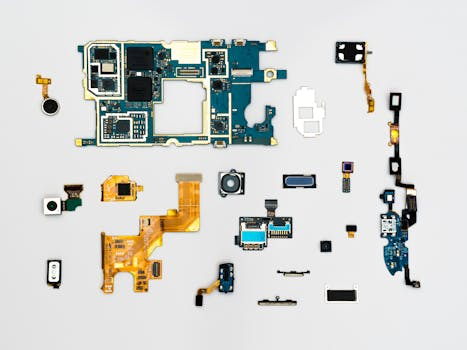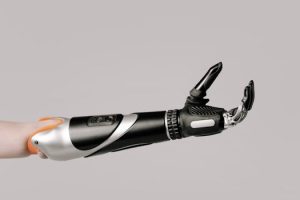Self-Healing Electronics: Gadgets That Fix Themselves
In today’s modern world, electronics are an essential part of our daily lives. From smartphones to laptops, we rely on these gadgets for communication, entertainment, and work. However, as much as we love our gadgets, they are also prone to damage and malfunction. We’ve all experienced the frustration of a broken device and the hassle of getting it fixed, which often involves expensive repair costs and long waiting times. But what if there was a way for gadgets to fix themselves? This may seem like something out of a sci-fi movie, but the concept of self-healing electronics is becoming more and more of a reality.
The Rise of Self-Healing Electronics
The idea of self-healing electronics isn’t entirely new. The concept was first introduced in the 1970s with the development of materials that could repair themselves when damaged. However, recent advancements in technology have made it possible to incorporate self-healing capabilities into electronic devices.
One of the main driving forces behind the advancement of self-healing electronics is the increasing demand for more durable and reliable gadgets. As devices become more complex and smaller in size, they also become more susceptible to damage. This has led to a growing need for stronger and more resilient materials. And what better way to achieve this than by incorporating self-healing abilities into the devices themselves?
How Do Self-Healing Electronics Work?
Self-healing electronics rely on a material known as “self-healing polymer.” This material has the unique ability to repair itself when damaged. The process involves microscopic capsules of healing agents embedded within the polymer. When a crack or damage occurs, the capsules rupture, releasing the healing agents, which then fill in the damaged area and bond the material back together.
In simpler terms, self-healing electronics work similarly to how our bodies heal wounds. Just like how our skin repairs itself by producing new cells, self-healing materials can also regenerate and restore their structure.
Applications of Self-Healing Electronics
The potential applications of self-healing electronics are vast and varied. One of the most crucial areas of application is in the manufacture of electronic devices. By incorporating self-healing materials, manufacturers can create stronger and more durable gadgets that can withstand everyday wear and tear. This means that devices can last longer and require less frequent repairs, which is a win-win situation for both consumers and manufacturers.
Another area where self-healing electronics can have a significant impact is in the medical field. With the ability to repair itself, self-healing materials can be used in medical devices and implants, making them more reliable and reducing the need for replacements or additional surgeries.
The possibilities of self-healing electronics are endless. It could also be used in everyday household items, such as furniture or appliances, to increase their longevity.
Challenges and Limitations
While self-healing electronics show great promise, there are still some challenges and limitations that need to be addressed. One of the main challenges is the high cost of producing self-healing materials. As with any new technology, the production process is still in its early stages and requires further development to make it more cost-efficient.
Another limitation is that self-healing materials can only repair minor damages. If the damage is severe, the material may not be able to fix itself. Therefore, it’s essential to strike a balance between durability and cost when incorporating self-healing capabilities into electronic devices.
The Future of Self-Healing Electronics
Despite the challenges and limitations, the future is promising for self-healing electronics. Scientists and researchers continue to develop new and innovative ways to incorporate self-healing materials into devices, making them more resilient and long-lasting.
It’s only a matter of time before self-healing electronics become a standard feature in our gadgets. The potential benefits, such as reducing electronic waste and saving consumers money, make it a highly desirable technology for both manufacturers and consumers.
Final Thoughts
The concept of self-healing electronics may seem like something out of a science fiction novel, but we are closer to making it a reality than ever before. With the increasing demand for more durable and reliable gadgets, the need for self-healing materials is more prevalent than ever. We can expect to see self-healing electronics becoming a standard in the near future, revolutionizing the electronics industry and making our lives easier and more convenient.











